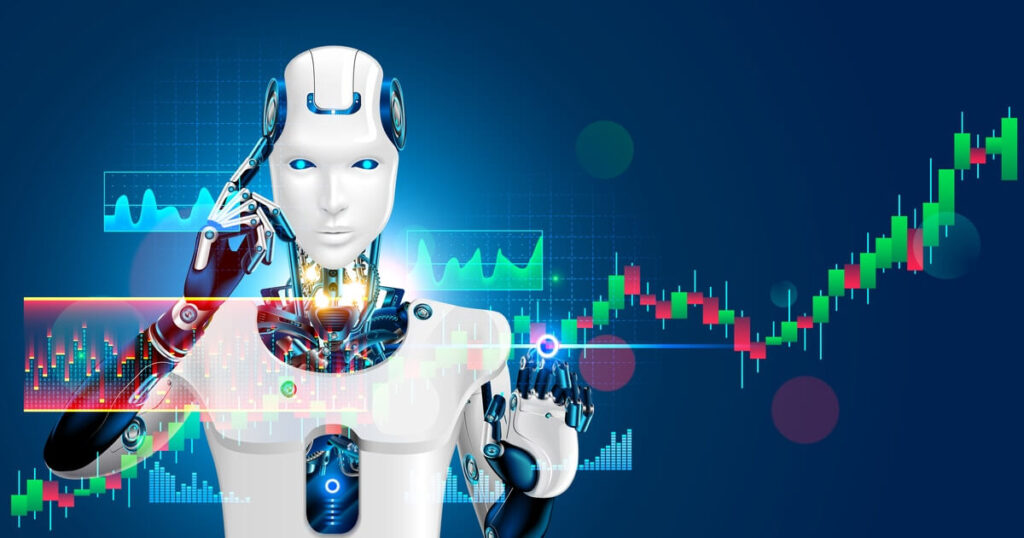Google’s recent upgrade to its Veo 3.1 model marks a significant advancement in AI-driven video generation technology specifically tailored for creators looking for enhanced realism and multimedia integration. Announced by Sundar Pichai on Twitter on October 17, 2025, the update introduces improved visual fidelity, richer audio sync, and additional features that improve the quality of generated content. In the broader industry context, this development coincides with the growing demand for generative AI tools that can efficiently create professional-grade videos. According to a 2023 Statista report, global video streaming is expected to reach more than 3.5 billion users by 2025, and tools like Veo 3.1 are democratizing content creation as video content consumption skyrockets. This model builds on previous iterations by incorporating advanced neural networks that better handle complex scenes, lighting, and motion, reducing artifacts that plagued previous AI video generators. For industries like entertainment, marketing, and education, this means rapid visual prototyping without the need for extensive post-production. Additionally, integrations into platforms such as Flow by Google, Gemini Apps, Google Cloud Vertex AI, and Gemini API provide seamless access for both developers and end users. Google’s move reflects a strategic push to compete with rivals such as OpenAI’s Sora and Runway’s Gen-3, with the AI video generation market expected to grow at a compound annual growth rate of 25% through 2030, according to a 2024 Gartner analysis. Veo 3.1 addresses key pain points in AI content creation, such as unnatural soundscapes and visual inconsistencies, by focusing on realism and audio enhancements, and revolutionizes user-generated content. Creators will now be able to generate videos with realistic human movements and environmental sounds, potentially revolutionizing the social media and e-learning space. This update also comes at a time when the debate around AI ethics is intensifying due to calls for transparent AI use, as highlighted in the EU AI Act 2024.
From a business perspective, the Veo 3.1 upgrade opens up huge market opportunities for monetization and industry disruption. Digital marketing companies can leverage this tool to create personalized advertising campaigns at scale, potentially reducing production costs by up to 40%, according to a 2024 McKinsey report on AI in media. Availability through Google Cloud Vertex AI allows companies to integrate Veo into their workflows and enable custom applications such as virtual reality training simulations and automated product demos. According to market analysis, the generative AI sector, valued at $44 billion in 2023, could grow to more than $200 billion by 2030, with video generation being a key driver. Companies adopting Veo 3.1 may consider subscription-based models or pay-as-you-go APIs, similar to how Adobe monetized its Firefly tools. In terms of the competitive environment, Google’s ecosystem advantage puts it in a strong position against its competitors. For example, Meta’s Make-A-Video offers similar functionality, but the Veo and Gemini integration provides a more consistent AI suite. Regulatory considerations are critical, as companies must comply with data privacy laws such as GDPR to ensure that the content generated does not infringe on copyright. This challenge was also highlighted in a 2025 World Intellectual Property Organization study. Ethical best practices include watermarking AI-generated videos to prevent misinformation, which can build consumer trust and open the door to partnerships in journalism and broadcasting. Overall, this update lays out monetization strategies such as licensing Veo for third-party apps and using Veo to power e-commerce visuals to drive revenue growth as AI adoption rates in creative industries are expected to increase by 15% by 2026, as predicted by Deloitte in 2024.
Technically, Veo 3.1 employs a sophisticated diffusion model powered by a transformer architecture to deliver superior realism and process inputs at higher resolutions and frame rates than previous generations. Implementation challenges include high computational demands that require robust GPU resources, but solutions like Google Cloud’s scalable infrastructure alleviate this, and according to Google’s 2025 developer notes, optimized APIs can reduce costs by 20%. Looking ahead, trends in the NeurIPS 2024 proceedings suggest integration with multimodal AI, and Veo could evolve to handle real-time editing or interactive narratives by 2027. Major companies such as Google are investing heavily, with research and development budgets exceeding $30 billion annually, according to Alphabet’s 2024 earnings report. Ethical implications include reducing bias in the generated content, and diverse training datasets are encouraged. Enterprises should consider hybrid cloud setups for secure deployment and address latency issues in global operations. PwC’s 2023 analysis predicts that Veo will impact metaverse development, with market potential reaching $800 billion by 2028. Challenges such as energy consumption in AI training, estimated at 1000 megawatt-hours per model, demand green computing practices, according to Google’s 2024 Sustainability Report. In summary, the rollout of Veo 3.1 sets a benchmark for AI innovation and promises to have a transformative impact across the sector.
FAQ: What are the key features of Google’s Veo 3.1 model? The Veo 3.1 model enhances the realism of video production, including better visual detail, richer audio integration, and improved overall quality, making it ideal for creators. How can businesses integrate Veo 3.1 into their operations? Businesses can access Veo 3.1 through Google Cloud Vertex AI or Gemini API, allowing them to seamlessly incorporate tasks like content creation and marketing into their apps. What is the market impact of Veo 3.1? This upgrade will contribute to the growing AI video generation market that is expected to expand significantly, providing cost savings and innovation opportunities for various industries.



